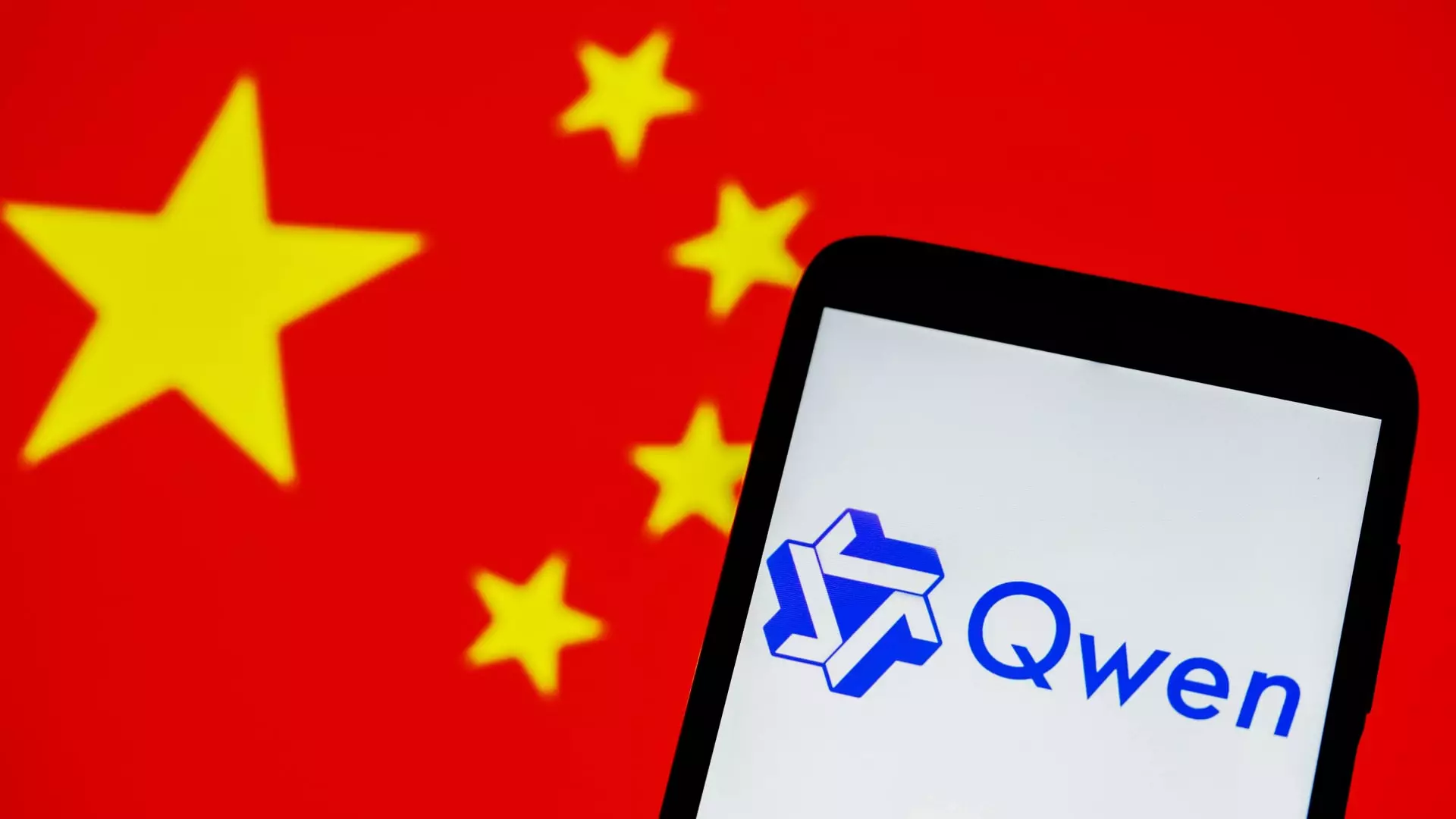Alibaba has once again changed the landscape of artificial intelligence with the release of its latest large language model (LLM), Qwen3. This new model not only showcases considerable advancements in performance and capabilities but also signifies the meteoric rise of open-source AI in China. Following the footsteps of DeepSeek’s R1, released earlier this year, Alibaba’s Qwen3 is seen as a pivotal step toward reinforcing China’s position in the global AI arena. The features and functionalities it introduces not only promise to elevate the user experience but also open up a plethora of opportunities for developers aiming to leverage AI for practical applications.
Technological Breakthroughs in Qwen3
The Qwen3 series encompasses eight versions, each meticulously designed to cater to varying user needs and hardware constraints. This level of customization is a huge advantage, especially as mobile devices become more integral to AI deployment in everyday life. One standout feature of Qwen3 is its “hybrid reasoning model,” which allows the system to switch between complex problem-solving modes and standard response modes swiftly. This ability to fluidly transition between intensive cognitive tasks and quicker, more straightforward operations is a defining characteristic that could enhance efficiency in various sectors, from software engineering to customer service.
Another noteworthy aspect of Qwen3 is its multilingual support, covering an impressive 119 languages and dialects. Such inclusivity reflects a significant push towards making AI technology accessible globally and underlines the urgency for diverse language capabilities in our increasingly interconnected world. By introducing this feature, Alibaba not just prioritizes technical performance, but also promotes inclusivity, setting a precedent for what global AI solutions should aspire to.
Cost Efficiency and Accessibility
Cost remains a primary concern when deploying AI technologies, particularly for smaller organizations or individual developers. Alibaba has recognized this by introducing the Qwen3-235B-A22B MoE model, which stands out for its impressive reduction in deployment costs compared to benchmark models. This change not only lowers the entry barrier to advanced AI applications but also signifies Alibaba’s ambition for democratizing AI technology. By making such high-performance models available for free on platforms like Hugging Face and GitHub, Alibaba is championing the idea that cutting-edge technology should be accessible to everyone, not just tech giants or enterprises.
These democratization efforts are crucial, particularly in an era where large-scale enterprises often dominate the AI landscape. By enabling individual innovators to access advanced tools, Alibaba encourages a flourishing ecosystem of creativity and experimentation, potentially leading to breakthroughs and applications that we have yet to imagine.
AI Market Dynamics and Global Competition
The launch of Qwen3 raises not just eyebrows but also serious questions about the competitive landscape of AI, particularly in the context of U.S.-China tech rivalry. Analysts view this model as a formidable contender against established leaders, both domestically and internationally. As technological restrictions from the U.S. tighten further, it becomes increasingly evident that Chinese firms are stepping up to deliver their innovations without relying on external resources.
The response from other Chinese companies, such as Baidu, demonstrates a noticeable urgency in the AI sector. With organizations now scrambling to release competitive AI models, it seems the race is far from over. The success of Qwen3 might catalyze a wave of similar initiatives, pushing all players to go beyond mere replication and drive forward genuine innovation.
Open-source as a Driving Force
The open-source nature of Qwen3 plays a crucial role in its potential success. The movement towards open-source software has fundamentally changed technology landscapes across many industries, and AI is no exception. By contributing to this community, Alibaba is encouraging collaborative growth and shared knowledge, fostering an environment where advancements can be made more rapidly. This approach stands in stark contrast to the traditional, proprietary models often observed in Western tech firms.
With Qwen3’s release, Alibaba has indicated that they are not merely participants in the AI race, but are intent on leading it. The adoption of their models, as indicated by the over 300 million downloads and 100,000 derivative models on Hugging Face, illustrates a growing trust and reliance on their offerings. In an industry driven by adaptability and creativity, Qwen3 isn’t just a new tool—it’s a catalyst that has the potential to reshape the dynamics of AI development for years to come.


Leave a Reply